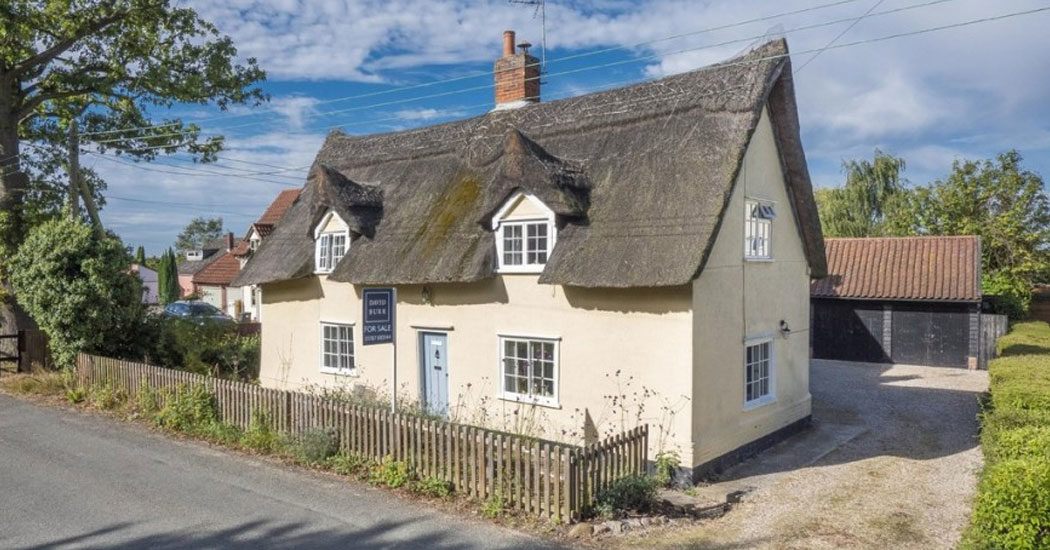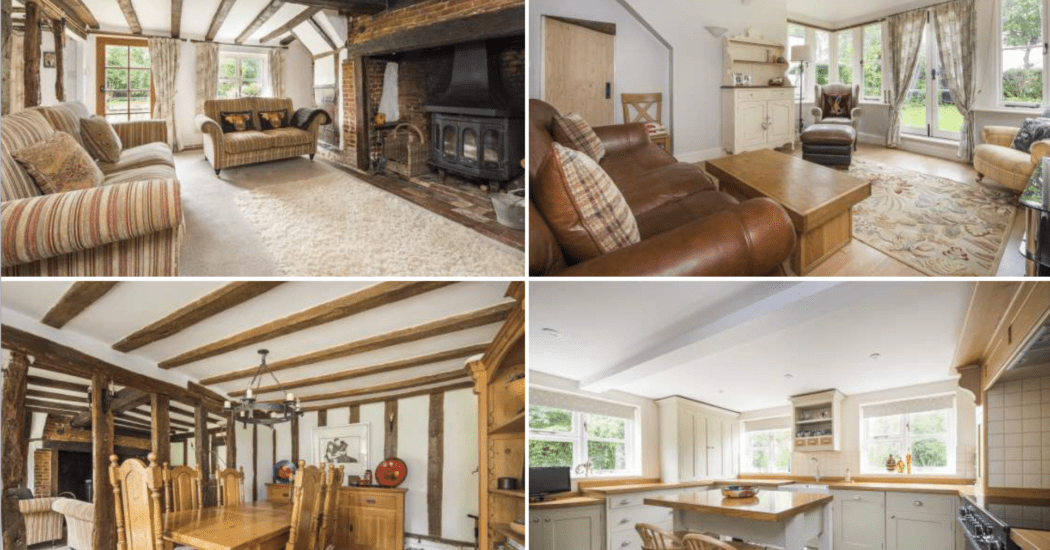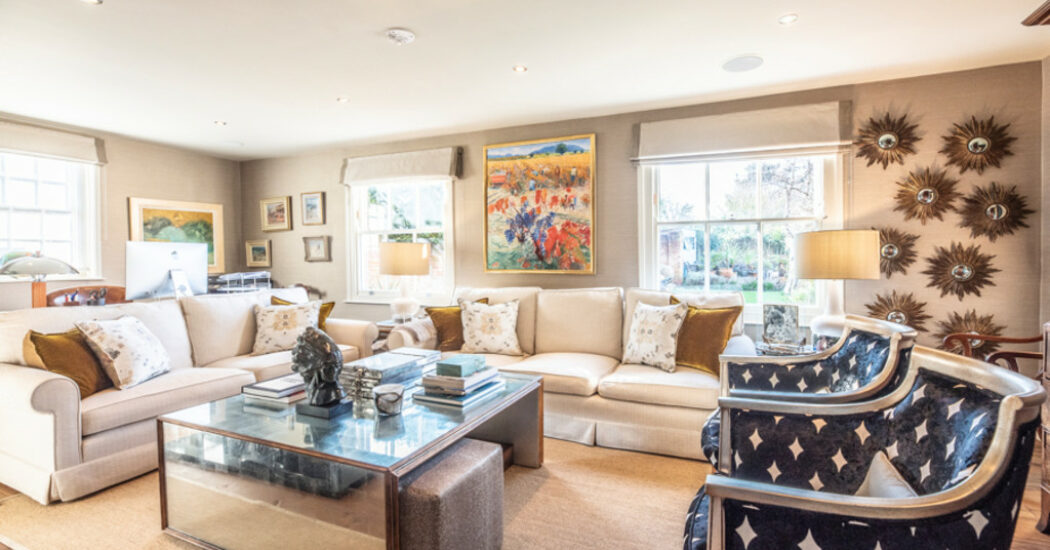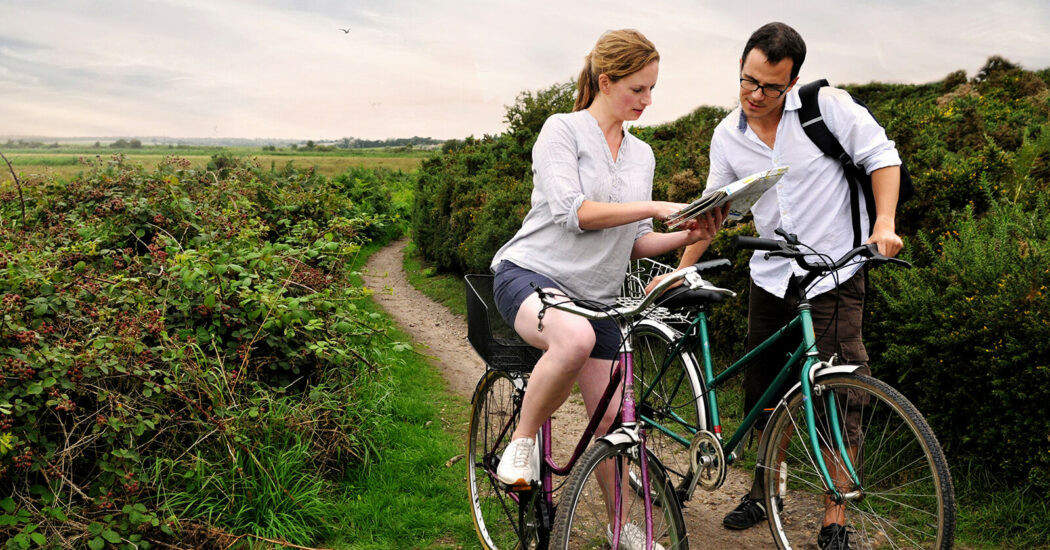What is a chocolate box cottage?
The term ‘chocolate box’ originates from late Victorian times. Today it is used to describe something which is ‘sentimentally appealing or pretty in a conventional way’.
Gaining popularity in the mid-20th Century, the phrase ‘chocolate box cottage’ derives from the picturesque scenes printed on boxes of Cadbury’s chocolates throughout the 1950s and 60s. During this period, the confectionery company included scenes from the ‘model village’ of Bourneville on their packaging.
Built in the late Victorian period by George Cadbury, Bourneville’s high-quality houses were constructed to house the workers at Cadbury’s nearby factory and other families from the back streets of Birmingham. Letting the homes for a low rent, Cadbury’s socially responsible aim was to house people on lower incomes.
When these scenic images started appearing on Cadbury’s packaging, the term chocolate box cottage was coined.
The features of a chocolate box property
Quintessentially British, owning a beautiful cottage in the country is an aspirational dream for many people living in the city. An idealised view of country living, there are many examples of these properties throughout East Anglia.
But what are the features that make for an attractive chocolate box cottage?
A thatched roof is one of the staples of a picturesque countryside home. Made from dry vegetation, such as straw, reed or heather, thatching is a specialist craft. The results are spectacular. Rustically appealing, there’s something uniquely British about a thatched roof. Not only a characteristic of Constable paintings, they’re once again being seen in new builds as their popularity increases again.
Windows and doors are other prominent aspects of an idyllic chocolate box dwelling. Decorative leadwork makes for charming windows. Shutters add style and sophistication. A window seat is another charming feature, with large oak doors adding to the pastoral feel of a house.
It’s not only doors that use quality wood. Timber framed buildings such as those on the streets of Lavenham make for picture perfect chocolate box scenes. Other beautiful building materials and styles include local stone, red brick and whitewashing.








